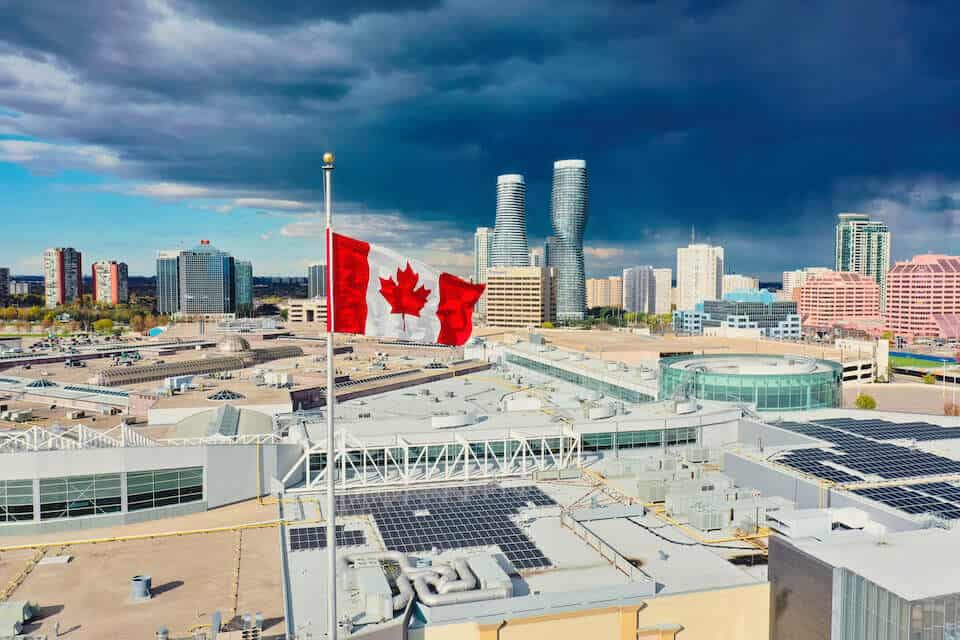The Struggle for the Market to Rise & Lack of Funding from the Federal Budget

Across Canada, the post-Covid housing market defied all odds, increasing demand and limited supply have pushed housing prices to record highs. However, the commercial markets, which vary by location/geography and asset class, are a different story. In the urban core of many big cities, office real estate vacancy rates and softening of rents are still significant issues.
The decline in office leasing is most pronounced in Toronto. Other major markets, including Calgary and Edmonton, which struggled before the pandemic, have shown further declines. With lockdowns in the major city centers of Canada, the office vacancies grew slowly during the pandemic. Land development within the commercial market has also been hit hard.
However, the Vancouver office market showed resilience throughout the pandemic. Leasing volume was up 33 percent in the third quarter of 2021, compared to the average for the same quarter from 2018 to 2020. Why is Vancouver doing better? Carl Gomez, chief economist and head of market analytics at CoStar Group Canada, believes it’s because of the number of small- to medium-sized tech companies located in Vancouver’s urban core..
Contrary to all of this, there is good news in commercial real estate. Industrial real estate, especially suburban warehousing space, has leasing volumes rising across Canada. E-Commerce also continued to drive the rise of industrial real estate across the country. Retail leasing volumes, although not as rapidly, started to grow and recover after the second quarter of 2020, with vacancy rates forecasted to be satisfactory.
Long-Term Commercial Real Estate Forecast
The Canadian commercial real-estate Market is expected to register a Compound Annual Growth Rate of more than 11% during the forecast period (2022 – 2027), which is solid news.
In 2022, the Canadian economy is predicted to continue to recover from the pandemic-driven downturn, with output recovering by 4.0-5.0% on an annualized rate. Following substantially higher expansion in the goods production sector in the early phases of the pandemic, the services sector will be the main driver of growth in the coming years. In 2022, retail spending and housing market activity will boost economic growth, bolstering the commercial real estate sector’s mostly positive performance trends.
The Canadian Government
On April 7, 2022, Finance Minister Chrystia Freeland introduced the 2022 Federal Budget. Included in the Budget were ample provisions for residential real estate, such as First Time Homebuyers Incentives and CMHC and Co-Operative Housing Funding. However, this budget did not present anything that would benefit the commercial real estate market.
Although the Canadian government recognizes the current challenges in the commercial real estate sector, long-term solutions will require the federal government to work with provinces, territories, and municipalities to ensure a full recovery. This includes developing policies that will benefit the commercial real estate industry, including land development for increasing residential density and industrial warehousing and distribution. At Squarefoot, we’re looking forward to analysing the next 12 months’ activity. During this time, we’re focused on what we do best, providing educated and experienced guidance and advice to our clients, and assisting them in finding the ideal solution for their unique commercial real estate needs.

Reader Interactions